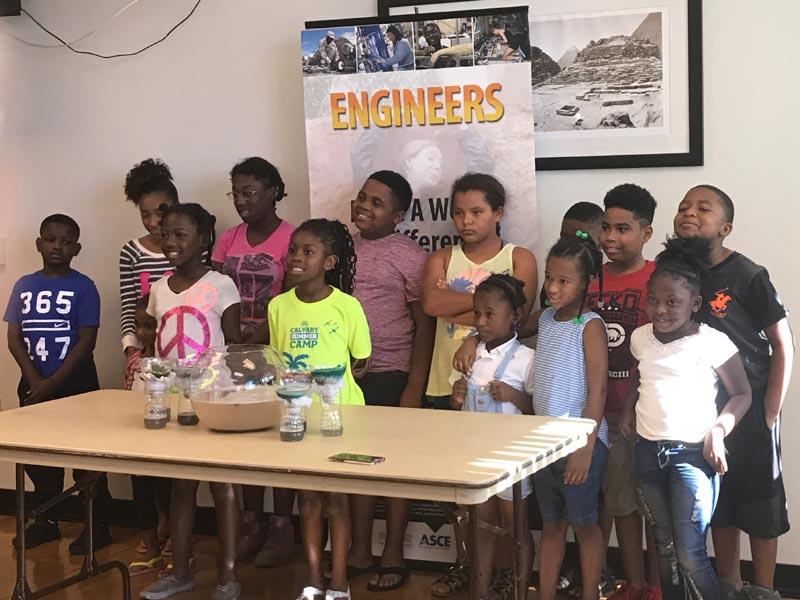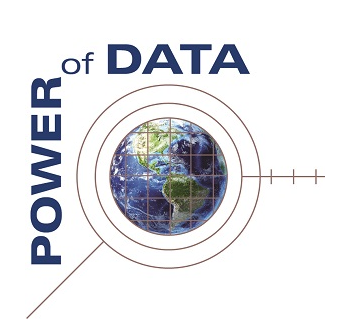Fostering Joint Parent/Child Engagement in Preschool Computational Thinking by Leveraging Digital Media, Mobile Technology, and Library Settings in Urban and Rural Communities
This project will teach foundational computational thinking (CT) concepts to preschoolers by creating a series of mobile apps to guide families through sequenced sets of videos and hands-on activities. To support families at home it would also develop a new library model to build librarians? computational thinking content knowledge and self-efficacy so they can support parents? efforts with their children.

